Aquascaping, the art of arranging aquatic plants, rocks, and wood in an aesthetically pleasing manner within a freshwater aquarium, has a rich and captivating history. This art form has evolved over time, with roots tracing back to the 1930s in the Netherlands.
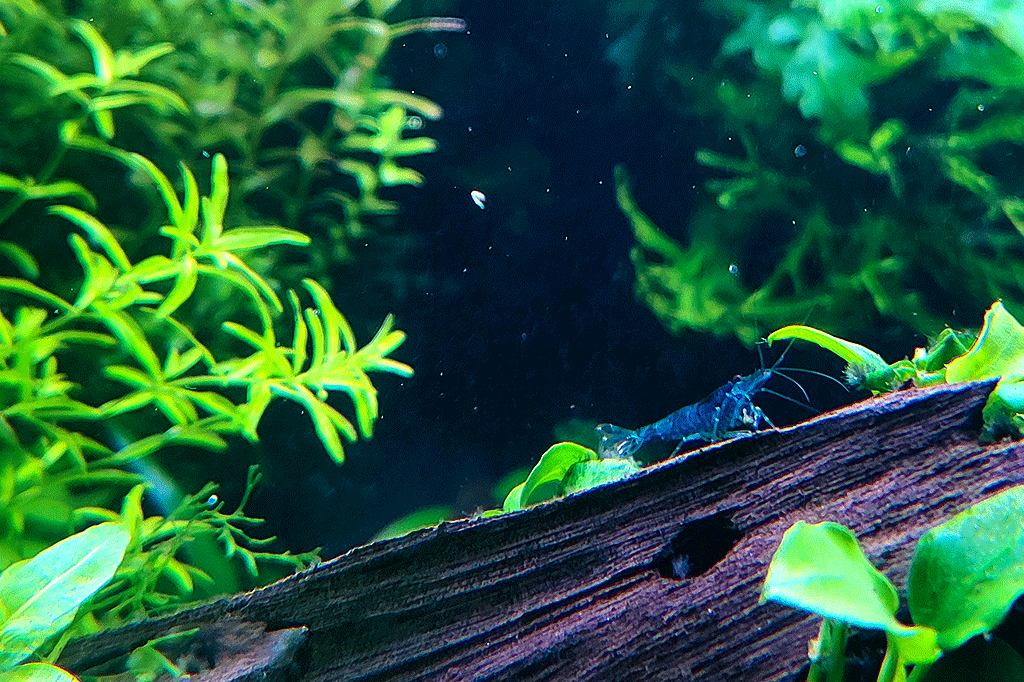
The Dutch Beginnings
The Dutch were pioneers in the field of aquascaping. They introduced the concept of a lush, garden-style aquarium with minimal hardscape. The focus shifted from the fish to the plants, creating a vibrant underwater garden. This style, known as the Dutch style, emphasizes plants located on terraces of different heights, often omitting rocks and driftwood. More than 80% of the aquarium floor is covered with plants, leaving little or no substrate visible.

The Japanese Influence
The late Japanese aquascaper Takashi Amano introduced a contrasting approach in the 1990s. Known as the “nature aquarium” or Japanese style, Amano’s designs were inspired by Japanese aesthetics and Zen gardening principles. He set a new standard in aquarium management, sparking a wave of interest in aquarium gardening. mano made significant contributions to the field of aquascaping. In 1977, Amano made a breakthrough in the world of aquarium plant keeping with the introduction of carbon dioxide injection. He discovered that plants grew better in older tanks because they were producing carbon dioxide, which the plants required for photosynthesis. This led to the practice of injecting carbon dioxide into planted tanks, revolutionizing aquarium planting.
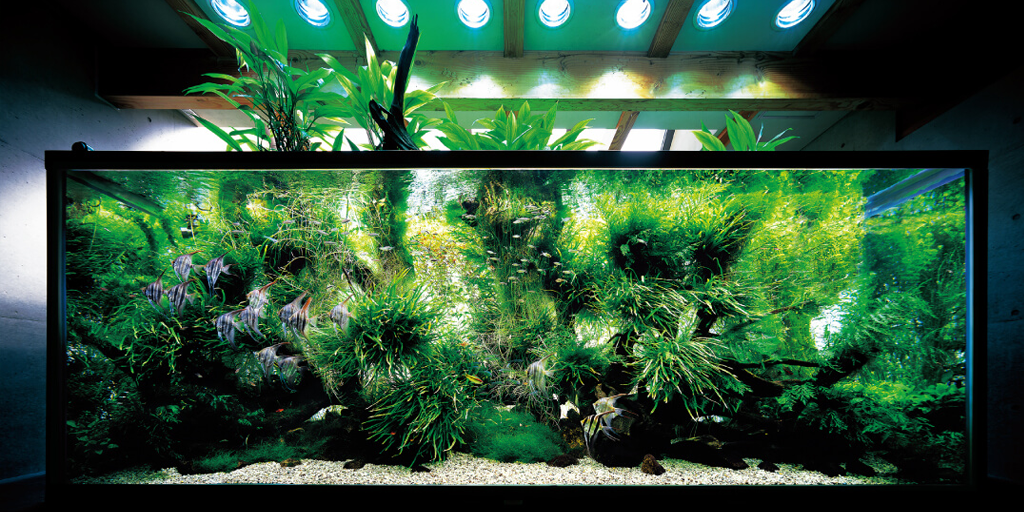
The Evolution of Aquascaping
Over the years, aquascaping has evolved from a simple hobby to a form of art that requires a solid understanding of natural sciences and biological processes. Every element in the aquarium, living or non-living, enhances the aquarium’s overall beauty and contributes to the chemical and biological balance necessary for the ecosystem’s overall well-being.
The Future of Aquascaping
As technology advances, so does the art of aquascaping. With the increasing availability of mass-produced freshwater fishkeeping products and the popularity of fishkeeping, hobbyists continue to explore new possibilities. The future of aquascaping promises to be as vibrant and dynamic as the underwater landscapes it creates.
In conclusion, aquascaping is more than just arranging plants and rocks in an aquarium. It’s a form of art that requires creativity, patience, and a deep understanding of the natural world. Whether you’re a seasoned aquascaper or a beginner, the world of aquascaping offers endless possibilities for exploration and creativity.

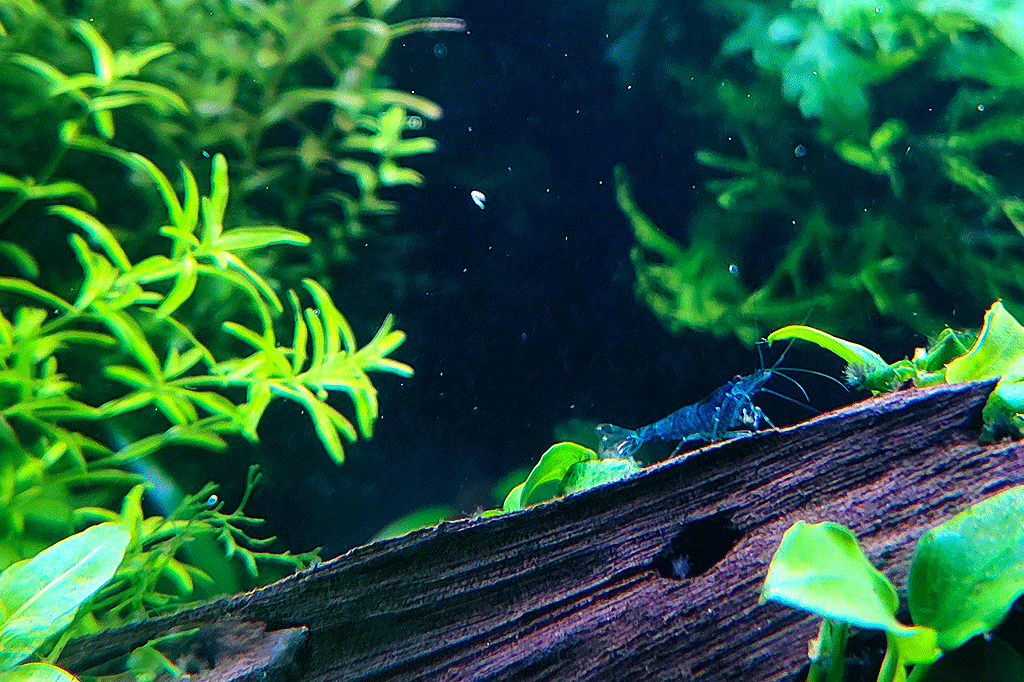
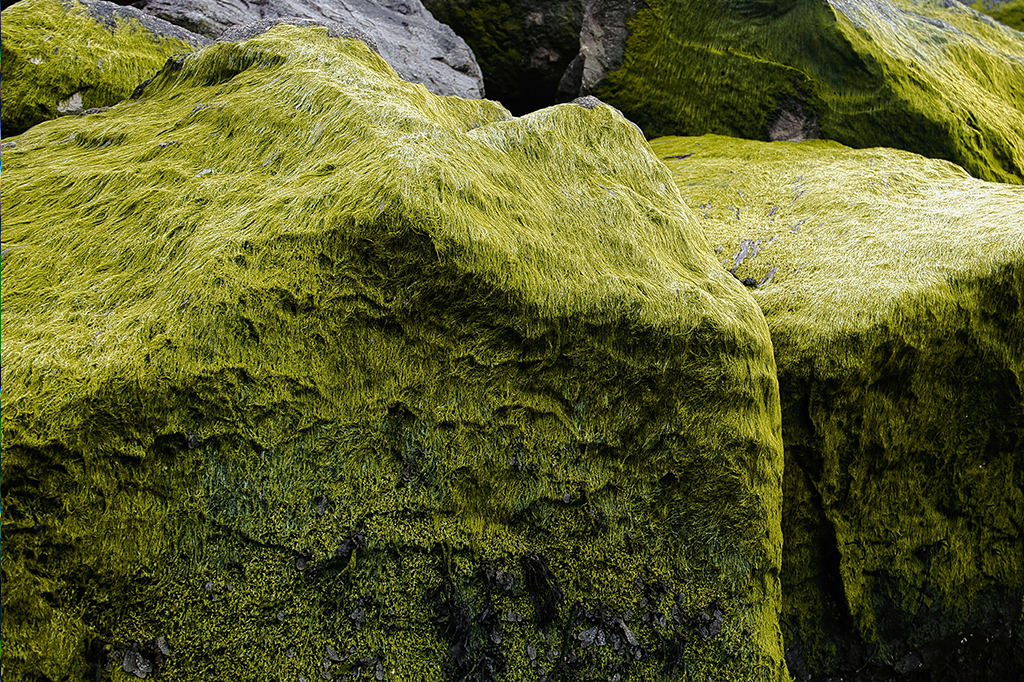


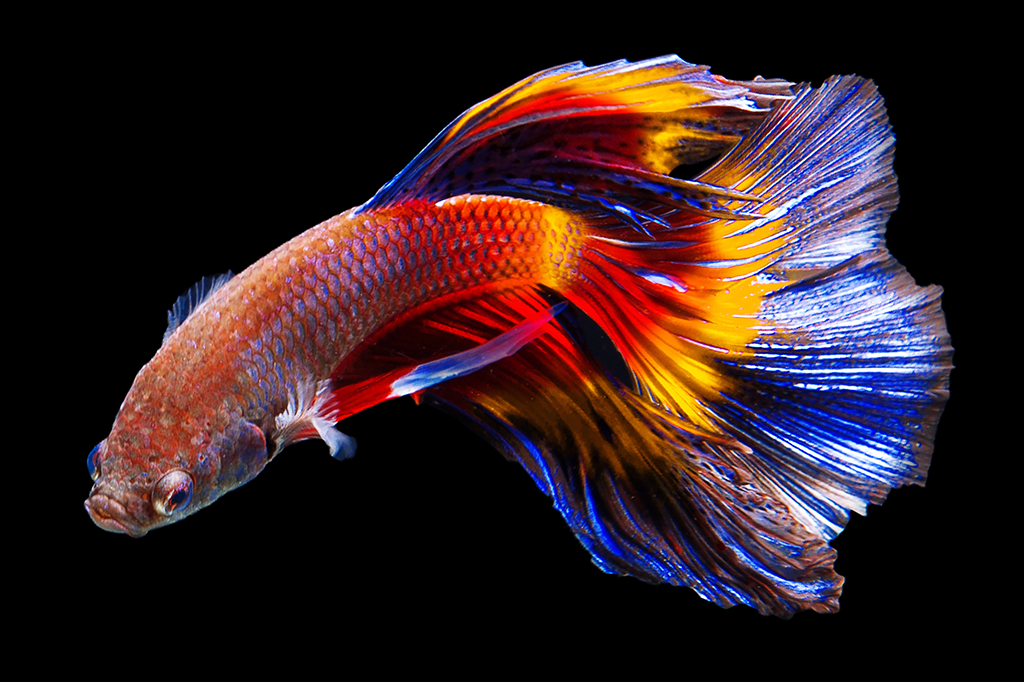
Leave a Reply